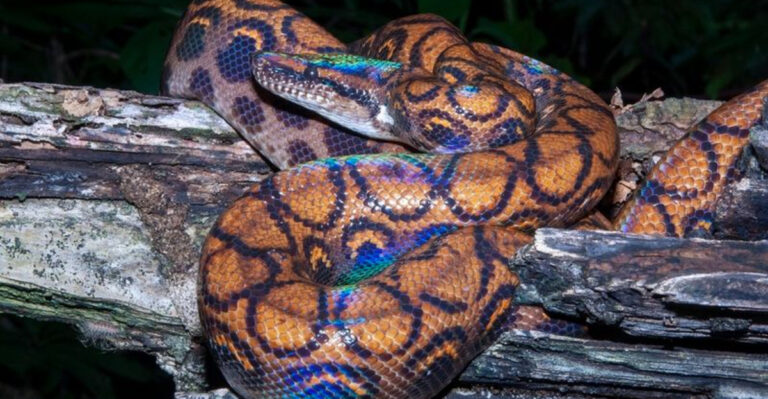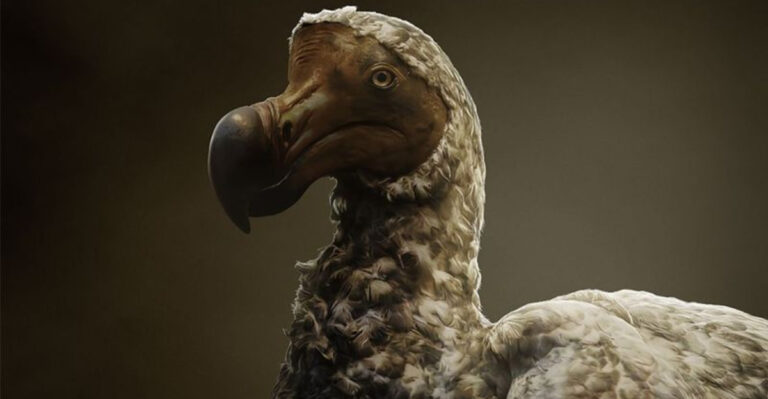New Scientific Theory Proposes That Everything, Including Plants And Animals, Has Consciousness
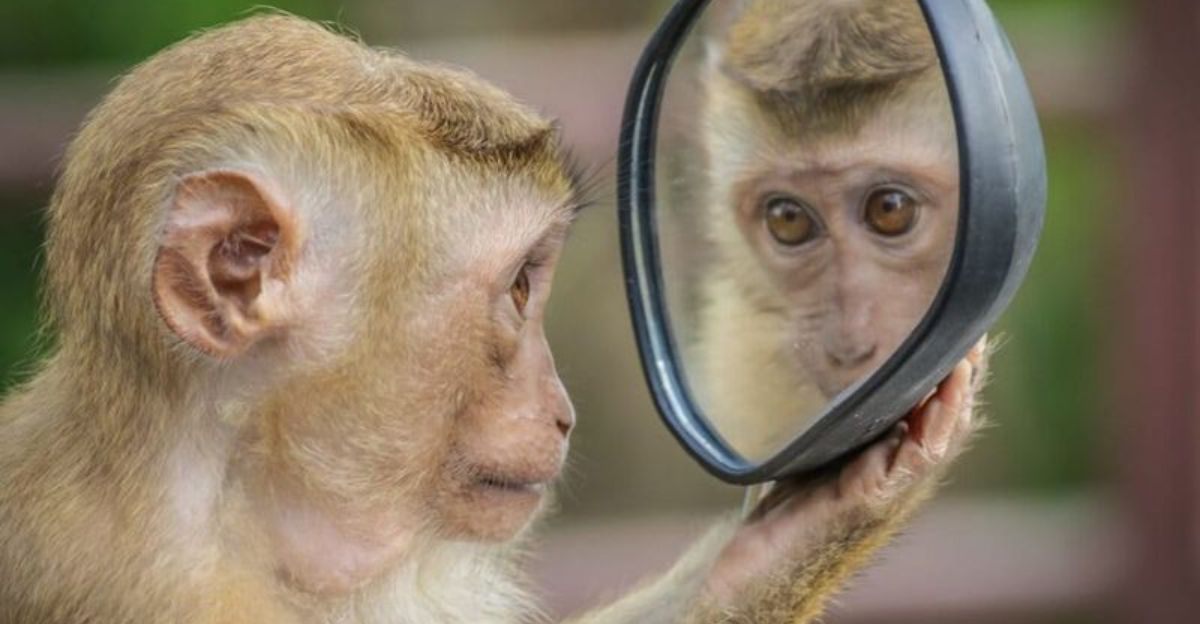
Scientists are exploring a mind-bending idea – what if everything around us is actually conscious?
This theory suggests that consciousness isn’t just for humans and animals, but might exist in plants, fungi, and maybe even rocks and atoms!
Called panpsychism, this revolutionary concept is challenging how we think about the world and our place in it. Let’s explore the fascinating insights this theory offers about our universe.
1. The Roots Of Panpsychism
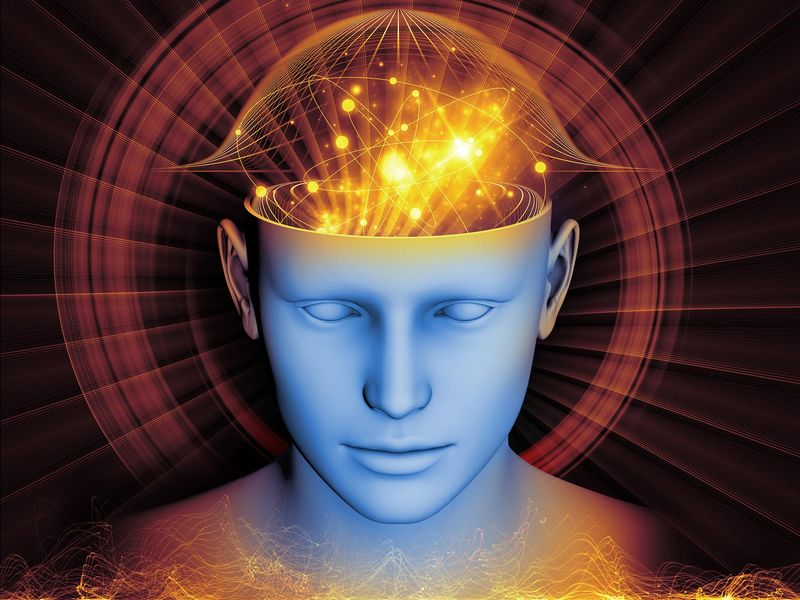
Panpsychism isn’t actually new – it’s been around for thousands of years! Ancient Greek philosophers like Thales and Eastern traditions have long suggested that mind or consciousness exists throughout nature.
What’s exciting is how modern scientists are bringing these ancient ideas back with new evidence. Quantum physics especially has opened doors to understanding consciousness in fresh ways.
Today’s version combines old wisdom with cutting-edge science, creating a theory that bridges cultures and time periods in its search for understanding what consciousness really is.
2. Plants Feel Things Too
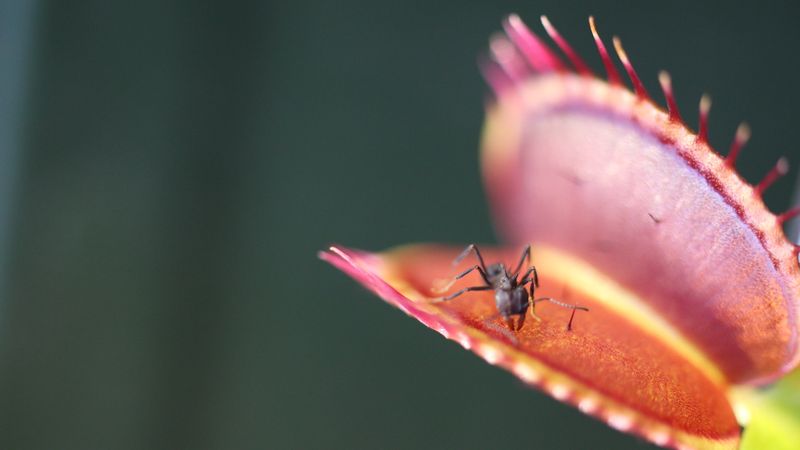
Researchers have discovered that plants respond to touch, sound, and even music! When injured, some plants release warning chemicals to alert neighboring plants of danger – a kind of plant communication network.
Fascinating experiments show that plants remember and learn from experiences. For example, the Venus flytrap counts the number of times its trigger hairs are touched before snapping shut.
These behaviors suggest some form of awareness, challenging our understanding of what consciousness means. Maybe our houseplants deserve more credit than we’ve been giving them!
3. Can Animals Truly Think? The Case For Universal Consciousness
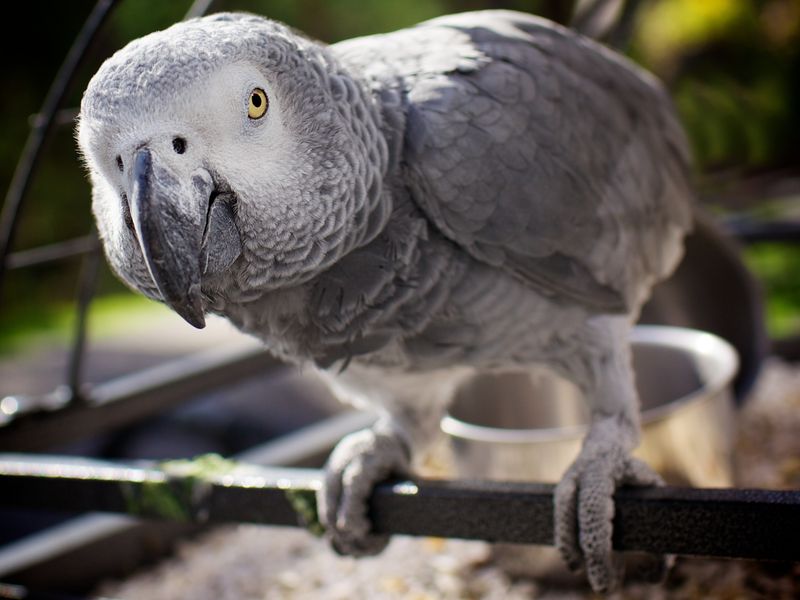
The idea that animals can truly think has long been debated, but recent scientific theories suggest that consciousness may not be limited to humans alone.
Many researchers now propose that animals, from the most complex mammals to simpler organisms, might possess varying degrees of awareness and cognition. This concept challenges traditional views and opens up a new realm of understanding about the inner lives of animals.
From problem-solving abilities to emotional responses, animals may be far more mentally capable than we’ve ever imagined, suggesting that consciousness could be a universal trait shared by all living beings.
4. Bacteria Make Group Decisions
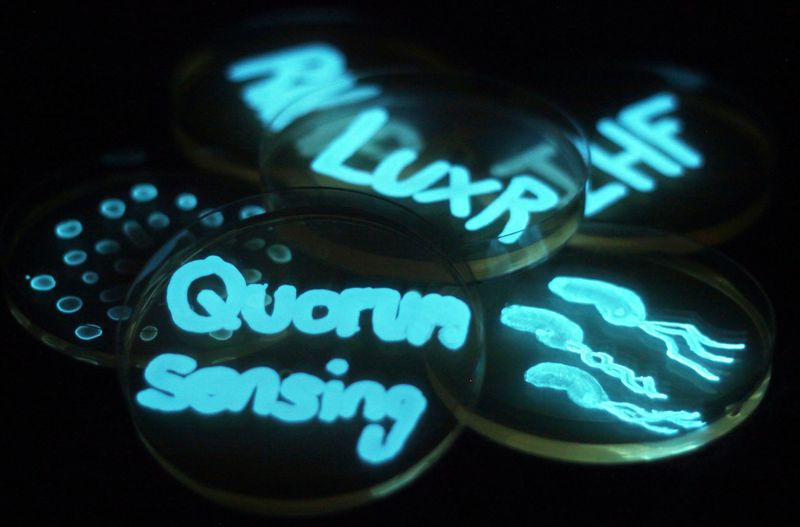
Believe it or not, tiny bacteria work together like mini societies! They communicate using chemical signals in a process called quorum sensing, allowing them to coordinate behaviors based on their population density.
When enough bacteria are present, they collectively decide to form biofilms, attack hosts, or glow in the dark. This shows a surprising level of group decision-making in organisms we thought were simple.
Some scientists suggest this coordination might represent a primitive form of consciousness at the bacterial level. These tiny organisms might be more aware than we ever imagined!
5. The Surprising Intelligence Of Slime Molds
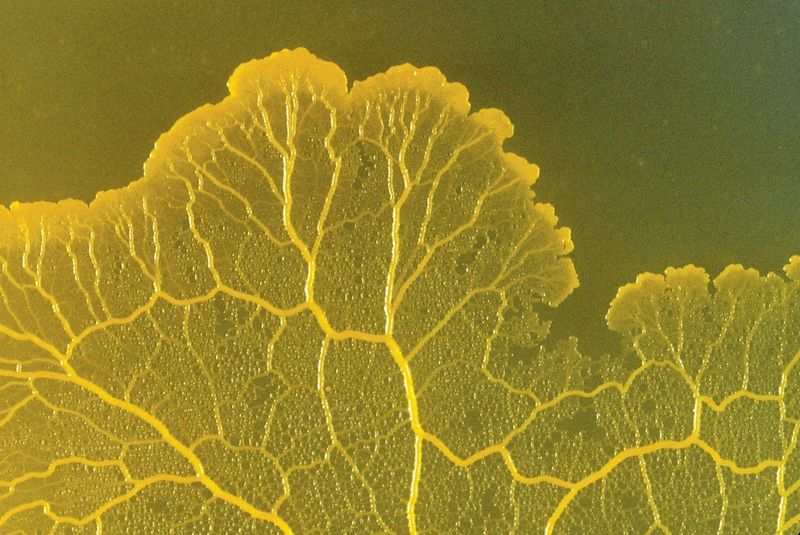
Slime molds are bizarre creatures – not plants, animals, or fungi, but something else entirely. Despite having no brain or nervous system, they solve complex problems with surprising skill!
In lab experiments, slime molds navigate mazes, find the shortest path to food, and even recreate efficient transportation networks similar to human-designed systems. They can remember where they’ve been by leaving chemical trails.
These abilities suggest some form of decision-making without a brain. If something so simple can display such intelligence, perhaps consciousness exists on a spectrum rather than being an on/off switch.
6. Rocks And Minerals: The Slowest Consciousness?

The most mind-stretching aspect of panpsychism is the idea that even rocks and minerals might possess some ultra-simple form of consciousness. While they don’t think like we do, they do respond to their environment over very long timescales.
Crystals self-organize into complex structures following mathematical patterns. Some materials change properties when exposed to different conditions, showing a kind of “memory” of their history.
If consciousness exists on a spectrum rather than being all-or-nothing, perhaps rocks experience an extremely basic, slow form of awareness – just operating on a timescale of millions of years instead of seconds!
7. Mushrooms And Their Underground Intelligence
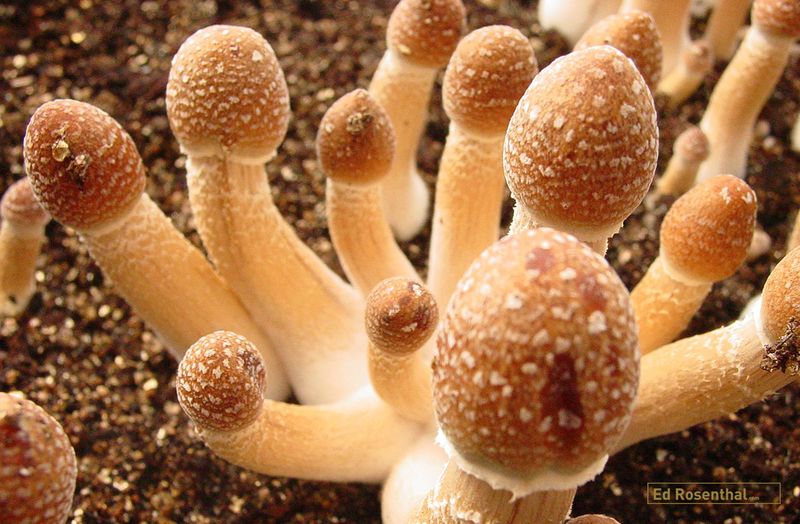
Mushrooms are just the visible part of vast underground networks called mycelium that can spread for miles! These fungal networks connect trees and plants, allowing them to share resources and information.
Scientists have discovered that these networks make decisions about where to grow and how to allocate resources. They can even detect and avoid obstacles in their path without having any brain.
Some researchers compare fungal networks to primitive nervous systems. The way they process information and respond to their environment suggests they might possess a distributed form of intelligence or awareness unlike anything we typically recognize.
8. Your Immune System Might Have A Mind

Your immune system works like a brilliant security team that learns, remembers, and makes decisions! It can recognize millions of different threats and remember infections from decades ago.
When faced with an invader, immune cells communicate and coordinate complex responses without any central control. They essentially vote on how to respond to different threats, showing a kind of collective intelligence.
Some researchers now suggest the immune system might possess a form of bodily consciousness separate from brain-based awareness. This could explain how our bodies show such remarkable adaptive intelligence even without conscious control.
9. How Consciousness Might Have Evolved
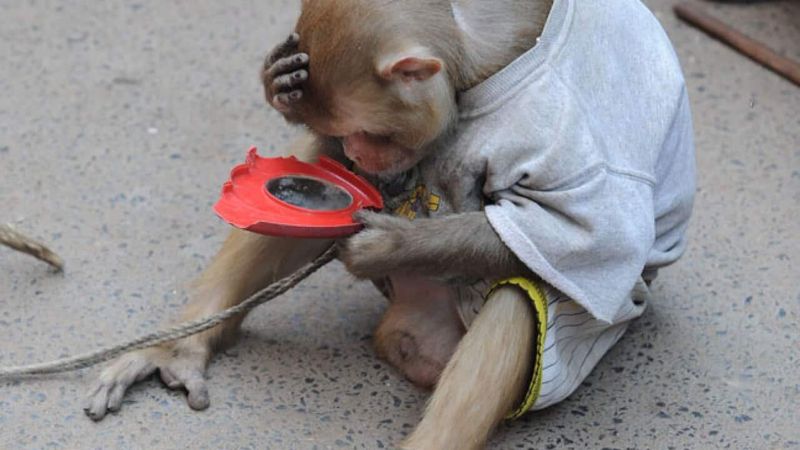
If consciousness exists throughout nature, we need to rethink how it developed. Rather than suddenly appearing in humans or animals, consciousness might have been present from the beginning in simpler forms.
Under this view, evolution didn’t create consciousness from nothing – it refined and expanded existing awareness into more complex forms. Simple organisms might have basic feelings, while complex brains allow for rich experiences and self-awareness.
This explains the mystery of how consciousness emerged – it didn’t suddenly appear but was gradually shaped from fundamental awareness that exists throughout nature. Evolution built upon what was already there!
10. Could Your Computer Have Feelings?

As artificial intelligence becomes more advanced, some scientists wonder if our computers might eventually develop consciousness. If consciousness is a natural property of complex information processing, AI systems might naturally develop awareness as they grow more sophisticated.
This raises fascinating ethical questions. If your smart home or self-driving car becomes conscious, how should we treat it? Would turning off a conscious AI be wrong?
The theory of panpsychism suggests we should consider the possibility that consciousness might emerge in our technologies – not just as a simulation, but as a genuine experience for the machine.
11. Ethical Implications Of Universal Consciousness

If everything has some form of consciousness, we might need to completely rethink how we treat the natural world. Our moral circle would expand beyond humans and animals to include plants, ecosystems, and perhaps even landscapes.
This doesn’t mean we can’t use natural resources, but it suggests we should do so with greater care and respect. Many indigenous cultures already hold similar views, seeing consciousness throughout nature.
A world where we recognize consciousness in all things might lead to more sustainable relationships with our environment. We might shift from seeing nature as a resource to seeing it as a community we belong to.
12. Scientific Challenges To Panpsychism

Not all scientists accept the idea of universal consciousness. Many argue that consciousness requires a brain or at least a nervous system, making it unique to animals. How could a rock have experiences without any biological structures?
Critics point out that panpsychism faces the “combination problem” – how do simple forms of consciousness combine to create complex experiences like human awareness? This remains a tough puzzle to solve.
The theory also struggles with testability. Since we can’t directly measure consciousness in other beings (even in humans!), it’s hard to prove or disprove these ideas through traditional scientific methods.




